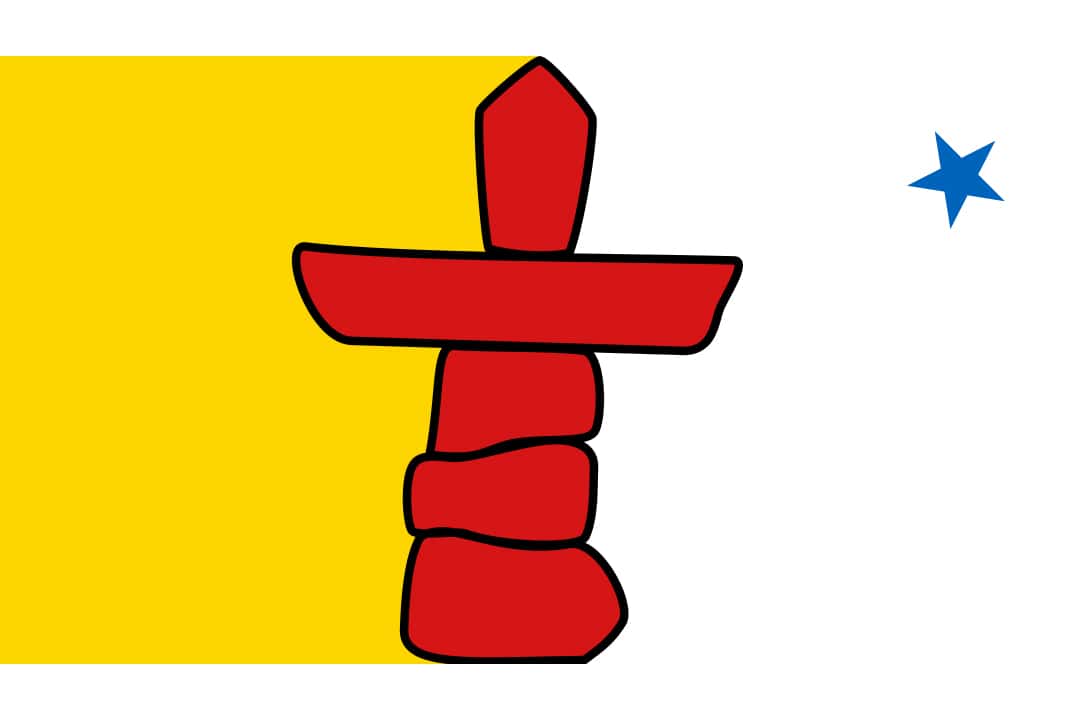On January 18, Canada’s federal government, the government of Nunavut, and a representative of Inuit in Nunavut signed the Nunavut Lands and Resources Devolution Agreement. In a ceremony held in Iqaluit, Nunavut Premier P.J. Akeeagok and Prime Minister Justin Trudeau completed an agreement that constituted the largest land transfer in Canadian history, through a 239-page agreement also signed by President Aluki Kotierk of Nunavut Tunngavik Incorporated — the legal representative of Inuit in Nunavut. With it, the federal government handed over control of two million square kilometres of land and water to the territory.
As a result of achieving devolution, Nunavut will finally be able to have the final say over decisions that have typically been made in Ottawa. Almost 25 years since becoming a territory in 1999, Nunavummiut — the people of Nunavut — are finally realizing their goal of self-determination.
How devolution works
Devolution is the process where certain powers and responsibilities are transferred from a central government to more local levels of government. This often entails a lengthy negotiation process between the two levels of government as they hammer out financial agreements and legal frameworks. Devolution is typically employed as a means to enhance local empowerment and economic opportunities in the region.
For Nunavut, the devolution process entailed collaboration between the federal government, territorial government, and Indigenous stakeholders. Inuit communities in Nunavut played a crucial role in the negotiations to ensure the final decision was respected and took into account their rights, interests, and traditional knowledge.
Nunavut’s devolution history
Canada’s federal government has been gradually transferring powers to territorial governments in fields such as health, education, and housing since the 1960s. Since 1999, Nunavut has been slowly negotiating with the federal government for more widespread devolution that finalizes the transferring of administrative control of the Crown lands and resources of Nunavut to the territorial government.
A breakthrough came in 2008 when Nunavut signed a negotiation protocol with Prime Minister Stephen Harper, which allowed the territory to begin gaining more control over its land. With the help of Crown-appointed negotiators, an agreement-in-principle — which served as a guide for this final agreement negotiation — was struck in 2019 between the Nunavut government, Nunavut Tunngavik Inc., and the federal government.
With this year’s final agreement, Nunavut has now finally joined the Yukon and Northwest territories — which achieved final agreements in 2003 and 2013, respectively — as having full official responsibility and control over its land.
Benefits to Nunavummiut
This historical agreement provides a multitude of benefits for Nunavut and its residents. The territory will be able to make its own decisions about how to manage its land development and resources. This allows for more responsive and culturally sensitive decision-making for Nunavummiut.
The agreement will also lead to more prosperity. The territory will now receive royalties on development projects of oil, minerals, and gas on their public land. The territory will also be able to strengthen its employment and education. This will stimulate job growth and lead to increased economic opportunities in the future. Additionally, Nunavut will be able to start imposing taxes on the exploration and production of minerals found in the territory, as well as corporate income tax and other fees. Overall, the transfer of Crown lands, waters, and natural resources to Nunavut empowers the territory to better manage its own affairs and retain more of the wealth it generates.
What’s next?
Although the final agreement has been signed, the process isn’t over. The agreement needs to first be drafted into legislation, and then follow a lengthy implementation schedule. For now, full devolution is scheduled to be achieved by April 2027. The implementation process can be unpredictable, however, since both Parliament and the Nunavut legislative assembly need to approve of the various legislative changes.
CBC reported that Nunavut’s former premier Joe Savikataaq emphasized the significance of taking on more Inuit staff in the government and adding new departments, as the territory’s government has long been facing struggles to fill vacancies in various departments. The territory’s Inuit employment goals of ensuring all levels of Nunavut’s government have a workplace that reflects Inuit the territory have also often ended in failure. In 2018, only 40 per cent of the federal employees in Nunavut were Inuit. Nevertheless, Savikataaq expressed his optimism by stating, “If we weren’t ready, then we shouldn’t have been negotiating.”
I also believe there is still reason to be optimistic. Nunavut is receiving $85 million annually as part of the transfer, in addition to one-time payments of $67 million and $15 million for transitional activities and training, respectively. I believe this funding will bolster Nunavut’s economy and provide a kickstart for this new period in the territory’s history.
All in all, the Nunavut devolution agreement is a crucial turning point for the territory. A testament to Inuit resilience, this agreement sends a statement to the country and signifies to subsequent generations that, as Premier P.J. Akeeagok puts it, they will “decide our own future.”
Rubin Beshi is a third-year student at Woodsworth College studying political science and English. He is a Local Affairs columnist for The Varsity’s Comment section.


